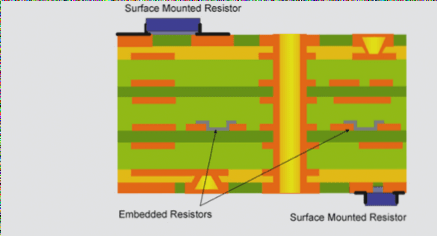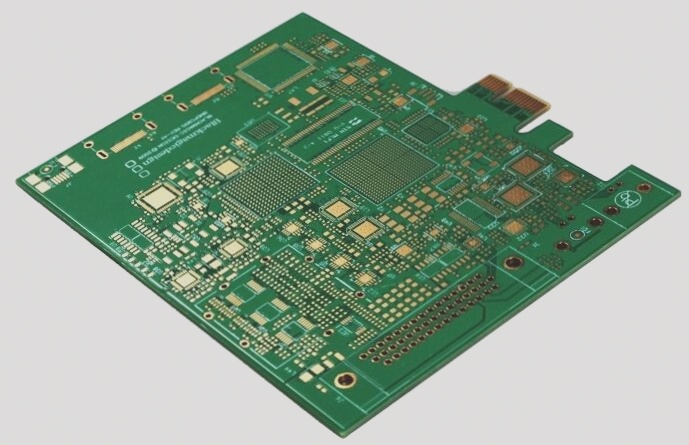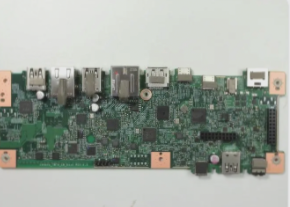Guidelines for Selecting PCB Components
The article outlines six key considerations for choosing components in PCB design, emphasizing the importance of proper packaging, grounding strategies, component selection, and ensuring accurate Bill of Materials (BOM) data to optimize layout, manufacturing, and functionality.








